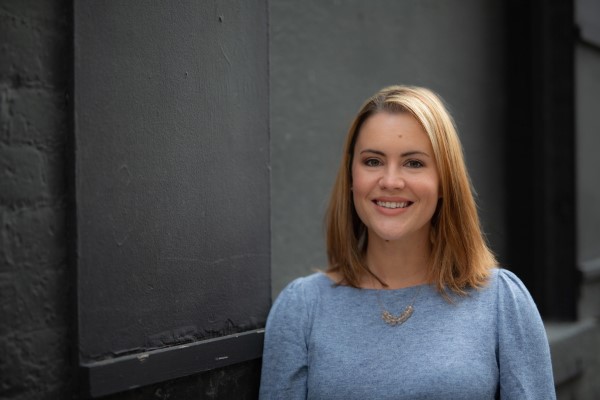Villagers
I'm Melinda Amador
Project Engineer
CodeNext Inc.
Toronto, ON
What is your current job role and building code experience?
I am a Project Engineer at CodeNext Inc., based in Toronto, Ontario. I have worked in the Code consulting industry in Canada since 2007, and I have had the opportunity to apply both the Building Code and Fire Code to building design projects. My consulting experience includes large assembly buildings, complex commercial/residential developments, and major retail fit-outs and project work in British Columbia, Manitoba, Alberta, and Ontario.
However, with my academic background in Chemical Engineering, projects involving hazardous materials have become my specialty. I have had the pleasure of consulting on numerous industrial projects, such as: pharmaceutical, food & beverage, cannabis extraction, general manufacturing, and warehouse & distribution facilities.

What impact do you hope to have at Kilo Lima?
I hope to explore complex Code interpretations and applications with like-minded practitioners and have fun learning about new topics that are relevant to our industry. The more we can all collaborate and unpack together the life safety aspects of the codes, the safer our built spaces will be for all Canadians.

What are you passionate about outside the office?
My immediate family includes my husband and three very energetic young people – I’m excited to grow with them, and we love to explore our local provincial parks and beaches together. I also occasionally get excited to train for local 10K runs and celebrate when I discover karaoke enthusiasts.

What's been a pivotal project for you?
My first hazardous extraction design project in the cannabis sector was a pivotal project for me and for CodeNext Inc. The project presented an opportunity to develop a new Fire and Building Code compliance strategy for a process and risk profile that was not well recognized in the Codes and which faced immense scrutiny from the local permitting authorities.
At CodeNext, we were in a unique position to learn directly from incredible professionals operating in the United States – to understand what had and had not worked as cannabis legalization had developed. We were also able to leverage our experience in industrial Code compliance and risk assessment techniques to develop an original Canadian solution for buildings housing hydrocarbon and flammable solvent extraction technologies. Our first project directed us to many rewarding opportunities to engage in the forefront of this exciting and rapidly developing sector in Canada.

“I’m engaged in the development of new cannabis facility safety standards. I believe there is an opportunity to guide the growth of this industry in Canada, and that the standards we are pioneering today will have a significant impact on the design of hazardous extraction spaces on a global scale.”
What are the biggest challenges facing the building code industry today?
The pace of Code revisions is a big challenge in our industry. Innovations in building construction and equipment technology are developing rapidly, and it is impractical for our national and provincial codes to address even the most significant evolutions in a timely manner. The current balance between consistent, scientific, and reliable prescriptive limits within the Codes and meaningful direction for local practitioners in the field should be improved to promote design innovation and to maintain the necessary level of safety. As practitioners, it is important for us to recognize this gap and to make sure that we are continually seeking and sharing resources – so that we can develop informed performance based designs and alternative solutions.


What project or initiative have you heard about lately that really inspires you?
I’m engaged in the development of new cannabis facility safety standards. I believe there is an opportunity to guide the growth of this industry in Canada, and that the standards we are pioneering today will have a significant impact on the design of hazardous extraction spaces on a global scale.
